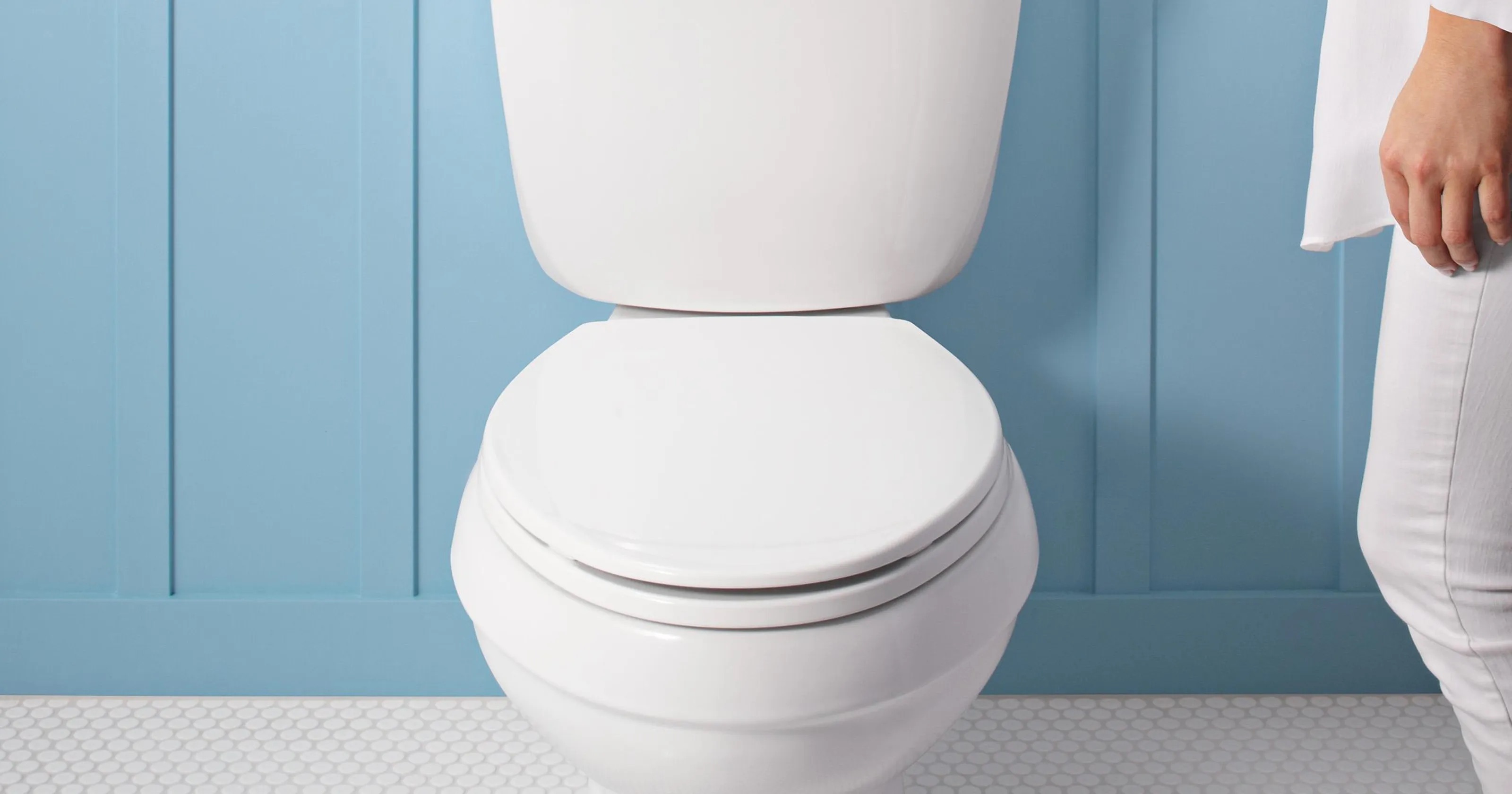

Articles
What Is The Standard Height Of A Toilet
Modified: April 22, 2024
Discover the standard height of a toilet with this informative article. Learn about the importance of proper toilet height and how it affects comfort and accessibility.
(Many of the links in this article redirect to a specific reviewed product. Your purchase of these products through affiliate links helps to generate commission for Storables.com, at no extra cost. Learn more)
Introduction
When it comes to designing and renovating bathrooms, one important element that often gets overlooked is the height of the toilet. While many people assume that all toilets are built to a standard height, this is not necessarily the case. The height of a toilet can vary based on numerous factors, including various design options and accessibility guidelines.
In this article, we will explore the importance of having a standard height for a toilet, the factors to consider when determining the height, and the guidelines set by the Americans with Disabilities Act (ADA) for accessible toilet heights. We will also discuss the different standard height options available and the pros and cons of each. Lastly, we will touch on how to adjust the height of a toilet to suit individual needs.
While it may seem like a small detail, the height of a toilet can have a significant impact on comfort and accessibility for all users. Whether you are a homeowner planning a bathroom renovation or a professional designer looking to create an inclusive space, understanding the standard height of a toilet is essential.
So, let’s dive in and explore the world of toilet heights and their implications for a functional and comfortable bathroom space.
Key Takeaways:
- Standard toilet height is crucial for comfort and accessibility, catering to users of different heights and mobility. Understanding factors like ADA guidelines and user demographics helps in selecting the appropriate height option.
- Adjusting toilet height through accessories or replacement allows customization for specific user needs. Professional assistance ensures proper installation, promoting comfort and inclusivity in the bathroom space.
Read more: What Is The Standard Toilet Bowl Height
Importance of Standard Height
Having a standard height for toilets is essential for several reasons. Firstly, it ensures comfort and ease of use for individuals of average height and mobility. When the toilet height is set at a standard level, users can comfortably sit down and stand up without straining their knees, hips, or back.
Secondly, a standard height allows for consistency in design and installation. This is particularly important in commercial settings such as hotels, restaurants, and office buildings. When toilets are of a consistent height, it becomes easier to maintain and replace fixtures, ensuring a seamless and uniform appearance throughout the space.
Moreover, a standard height facilitates accessibility for individuals with disabilities or mobility limitations. By adhering to specified guidelines, toilets can be made more inclusive and accommodating for everyone. This is particularly important in public places, where equal access and usability are mandated.
Additionally, a standard height enables the use of common accessories such as toilet seat risers or grab bars for those who may require additional support or assistance. These accessories can be easily installed when the toilet height follows a standard measurement, ensuring compatibility and ease of use.
Ultimately, having a standard height for toilets promotes universal design principles, making bathrooms more accessible and user-friendly for people of all ages, sizes, and abilities. It helps create an environment that prioritizes comfort, safety, and independence for users.
Now that we understand the importance of a standard height for toilets, let’s explore the various factors that need to be considered when determining this standard measurement.
Factors to Consider in Determining Standard Toilet Height
There are several factors to consider when determining the standard height for a toilet. These factors can vary depending on personal preferences, user demographics, and building codes. Here are some important considerations:
- User Height: One of the primary factors to consider is the average height of the intended users. The standard height should be comfortable for individuals of average height to sit and stand up easily without straining their joints.
- Elderly or Disabled Users: If the bathroom is intended to cater to elderly individuals or people with disabilities, it may be necessary to consider a higher toilet height to accommodate their specific needs. This can facilitate easier transfers to and from mobility aids.
- Universal Design: Designing the bathroom with universal accessibility in mind is crucial. A standard height that meets ADA guidelines ensures that the toilet is accessible to individuals with disabilities, including those who use mobility aids such as wheelchairs.
- Building Codes: It is important to consider the local building codes and regulations when determining the standard toilet height. Building codes often have specific requirements for accessible bathroom fixtures, including toilets. Ensure compliance with these regulations for a safe and accessible bathroom environment.
- User Demographics: Understanding the specific needs and preferences of the users is essential. Factors such as the age, mobility, and physical limitations of the individuals using the bathroom can influence the appropriate standard height.
- Installation Constraints: In some cases, existing plumbing or structural limitations may impact the choice of standard toilet height. It is important to consider these constraints and determine the most suitable height within the available space.
By taking into account these various factors, you can determine the appropriate standard height for the toilet that meets the needs of the users while adhering to accessibility guidelines and building codes.
Now that we have explored the factors to consider, let’s delve into the guidelines set by the Americans with Disabilities Act (ADA) for accessible toilet heights.
ADA Guidelines for Toilet Height
The Americans with Disabilities Act (ADA) has specific guidelines regarding accessible toilet heights to ensure equal access and usability for individuals with disabilities. These guidelines help create a more inclusive and accommodating environment in public spaces. The ADA guidelines for toilet height are as follows:
- Standard Height: The ADA recommends a standard toilet height between 17 inches and 19 inches from the floor to the top of the seat. This measurement is considered optimal for most users, including those with mobility limitations.
- Accessible Height: The ADA also mandates the provision of accessible toilets in public facilities. These toilets, also known as “accessible stalls,” are required to have a higher seat height between 17 inches and 19 inches to accommodate individuals who use mobility aids such as wheelchairs.
- Grab Bars: In addition to toilet height, the ADA requires the installation of grab bars in accessible toilets. These grab bars provide support and stability for individuals with disabilities. They should be mounted at a height between 33 inches and 36 inches from the floor.
- Clearance: The ADA guidelines specify the need for adequate clearance around the toilet to ensure ease of use for individuals with disabilities. This includes providing sufficient space for maneuvering wheelchairs and mobility aids within the accessible stall.
It is important to note that while the ADA guidelines set a standard for accessible toilet heights, they are not mandatory for private residences or buildings that do not fall under ADA compliance requirements. However, following these guidelines can still be beneficial to enhance the accessibility and inclusivity of any space.
Now that we understand the ADA guidelines, let’s explore the different standard height options available for toilets.
The standard height for a toilet is typically around 15 inches from the floor to the top of the bowl. However, there are also comfort height toilets available, which are around 17 to 19 inches high and are designed to be more accessible for individuals with mobility issues.
Different Standard Height Options
When it comes to standard height options for toilets, there are typically three common measurements to consider. These options cater to different preferences and user needs. Let’s explore each standard height option in detail:
- Standard Height: The standard height for toilets typically ranges between 14 inches and 16 inches from the floor to the top of the seat. This height is commonly found in residential bathrooms and is suitable for individuals of average height and mobility. It provides a comfortable sitting position and ease of use.
- Comfort Height: Comfort height toilets, also known as chair-height toilets, have a higher seat height compared to standard models. They typically measure between 16 inches and 19 inches from the floor to the top of the seat. This height is designed to mimic the height of a standard chair, making it more accessible and comfortable for a wide range of users. Comfort height toilets are particularly popular among elderly individuals and those with mobility limitations.
- Accessible Height: As per the ADA guidelines, accessible toilets have a higher seat height between 17 inches and 19 inches from the floor. This height caters specifically to individuals with disabilities or those who use mobility aids such as wheelchairs. Accessible toilets are commonly found in public spaces, including accessible restrooms in commercial buildings, restaurants, and healthcare facilities.
By offering different standard height options, manufacturers and designers aim to provide choices that cater to individual preferences and requirements. It is important to consider the specific needs of the users and the intended use of the bathroom space when selecting the appropriate standard height option.
Now that we have explored the different standard height options, let’s examine their respective pros and cons.
Read more: What Is The Standard Toilet Seat Height
Pros and Cons of Different Standard Heights
Each standard height option for toilets has its own set of advantages and disadvantages. Understanding the pros and cons can help you make an informed decision when selecting a standard height for your toilet. Let’s explore the pros and cons of each standard height option:
- Standard Height:
- Pros:
- Commonly found in residential bathrooms, making it easy to find compatible fixtures and accessories.
- Suitable for individuals of average height and mobility.
- Provides a comfortable sitting position for most users.
- Cons:
- May not be suitable for individuals with mobility limitations or disabilities.
- May require more effort for elderly or taller individuals to sit down and stand up.
- Comfort Height:
- Pros:
- Mimics the height of a standard chair, making it easier for individuals with mobility limitations to sit down and stand up.
- Suitable for a wide range of users, including the elderly and those with limited mobility.
- Can be more comfortable for taller individuals.
- Cons:
- May be too high for shorter individuals or those who prefer a lower seat height.
- May require the use of a step stool for young children.
- May not be widely available in all residential and commercial settings.
- Accessible Height:
- Pros:
- Meets ADA guidelines for accessibility, providing inclusive and accommodating features for individuals with disabilities.
- Facilitates easier transfers for individuals who use wheelchairs or other mobility aids.
- Provides compatibility with grab bars and other accessible accessories.
- Cons:
- May not be necessary in residential settings where there are no specific accessibility requirements.
- May be too high for individuals of average height, leading to discomfort for some users.
Considering these pros and cons and evaluating the specific needs and preferences of users can help you determine the most suitable standard height option for your toilet.
Now that we have explored the pros and cons of different standard heights, let’s move on to discussing how to adjust the height of a toilet if needed.
Adjusting Toilet Height
If you find that the standard height of your toilet does not meet the specific needs or preferences of the users, it is possible to adjust the height. However, it is important to note that adjusting the height of a toilet may require professional assistance or expertise in plumbing. Here are some methods to consider when adjusting the toilet height:
- Toilet Seat Risers: Toilet seat risers are accessories that can be easily installed on top of the existing toilet seat to raise the height. They are available in various thicknesses to accommodate different height requirements. Toilet seat risers are a cost-effective solution and do not require any major modifications to the toilet itself.
- Toilet Extenders: Toilet extenders, also known as toilet flange extenders, are used to raise the height of the entire toilet. This involves removing the toilet from the floor and adding the extender between the toilet base and the flange. Toilet extenders are more involved and may require the assistance of a professional plumber.
- New Toilet Installation: In some cases, if the existing toilet cannot be adjusted to the desired height, it may be necessary to replace it with a new toilet that has the desired standard height. This option should be considered if the existing toilet is old or not compatible with adjustments.
It is crucial to consult with a professional plumber or bathroom specialist to determine the best approach for adjusting the toilet height. They can assess the specific requirements of your bathroom and provide expert guidance on the most suitable method to achieve the desired height.
By adjusting the toilet height, you can ensure maximum comfort and accessibility for the users, taking into consideration their unique needs and preferences.
Now that we have explored adjusting the toilet height, let’s summarize our findings.
Conclusion
Choosing the right standard height for a toilet is crucial for creating a comfortable and accessible bathroom space. Whether you are renovating a residential bathroom or designing a commercial restroom, considering the needs and preferences of users is paramount.
The standard height options, including standard height, comfort height, and accessible height, offer different advantages and disadvantages. By understanding the specific requirements of the users and the guidelines set by organizations like the ADA, you can make an informed decision on the appropriate standard height for your toilet.
While the standard height is important for comfort and usability, it is also essential to consider factors such as user height, accessibility requirements, building codes, and installation constraints. By taking these factors into account, you can ensure that the toilet height meets the needs of the intended users and complies with applicable regulations.
If the standard height of the toilet does not meet the specific requirements, adjustments can be made using accessories like toilet seat risers or by replacing the toilet entirely. However, it is advisable to seek professional assistance to ensure proper installation and functionality.
Remember, a well-designed and appropriately sized toilet height promotes comfort, accessibility, and inclusivity for all users. By taking the time to understand the importance of standard toilet height and considering the various factors involved, you can create a bathroom environment that caters to the diverse needs of individuals.
So, whether you’re remodeling a bathroom or planning a new construction project, don’t ignore the significance of standard toilet height. It’s a small but important detail that can make a big difference in the overall functionality and comfort of your bathroom space.
Now that you have all the information you need, go ahead and make the best decision for your toilet height to create a welcoming and user-friendly bathroom environment.
Curious about more than just standard toilet heights? If you're planning a bathroom makeover, understanding the timeline is crucial. Our detailed guide on the duration of bathroom renovations will shed light on what to expect and how to prepare. Additionally, for those seeking extra comfort, delve into our insights on comfort height toilets—perfect for enhancing ease and accessibility in any bathroom setting.
Frequently Asked Questions about What Is The Standard Height Of A Toilet
Was this page helpful?
At Storables.com, we guarantee accurate and reliable information. Our content, validated by Expert Board Contributors, is crafted following stringent Editorial Policies. We're committed to providing you with well-researched, expert-backed insights for all your informational needs.



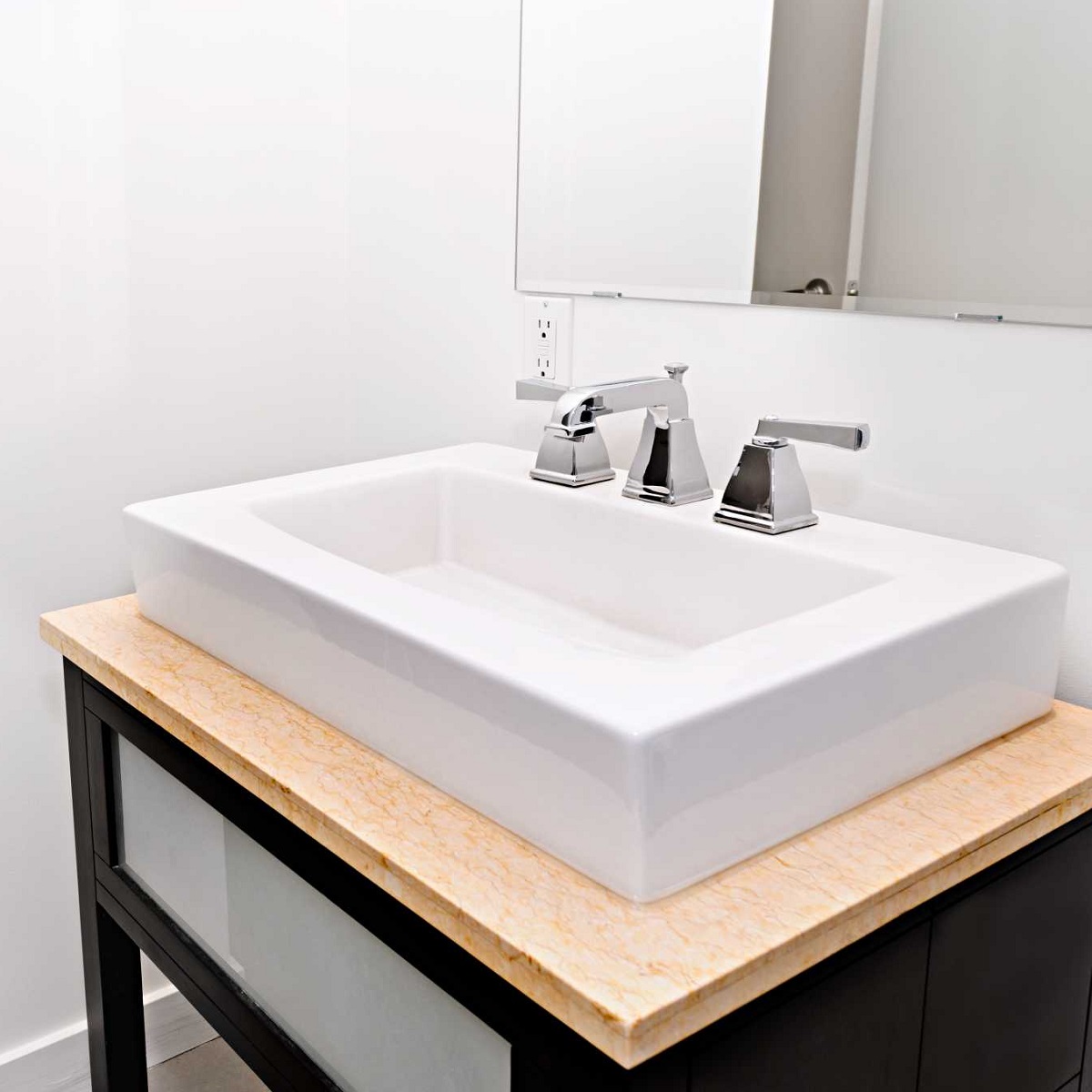

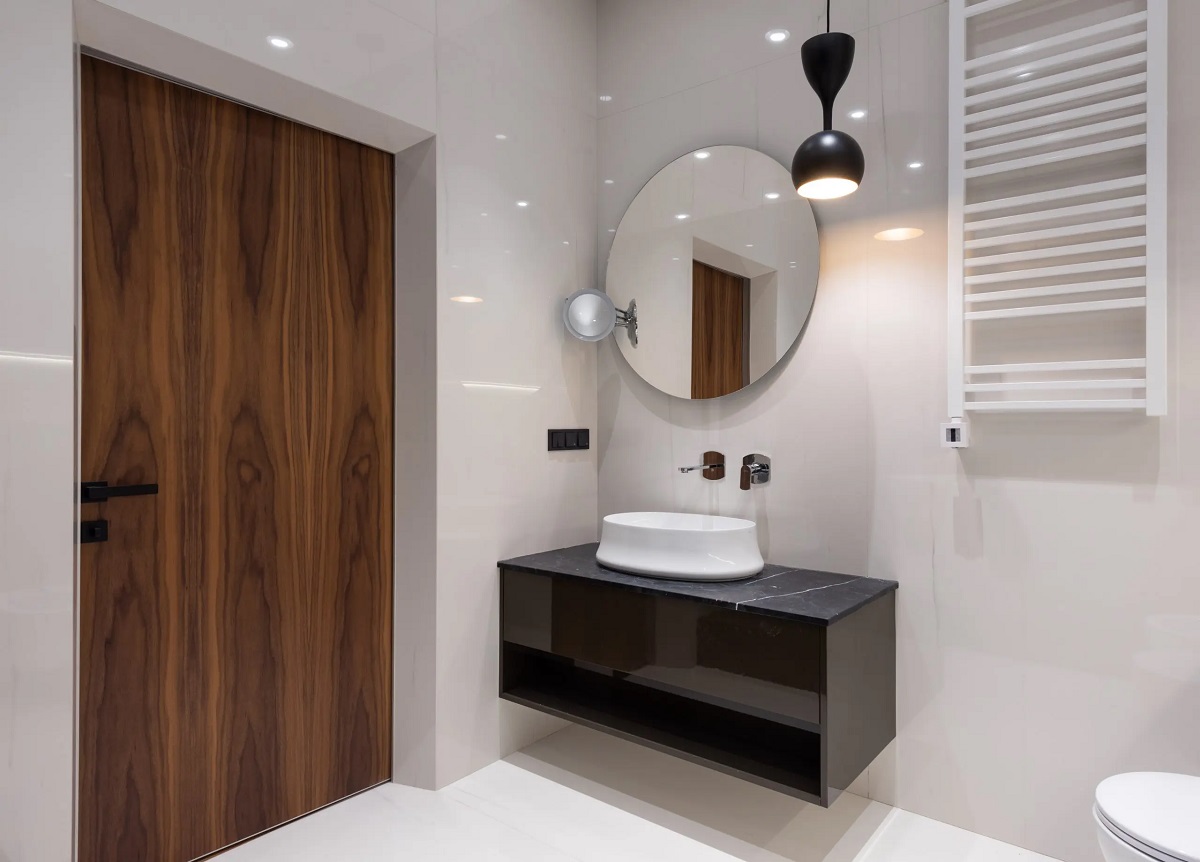
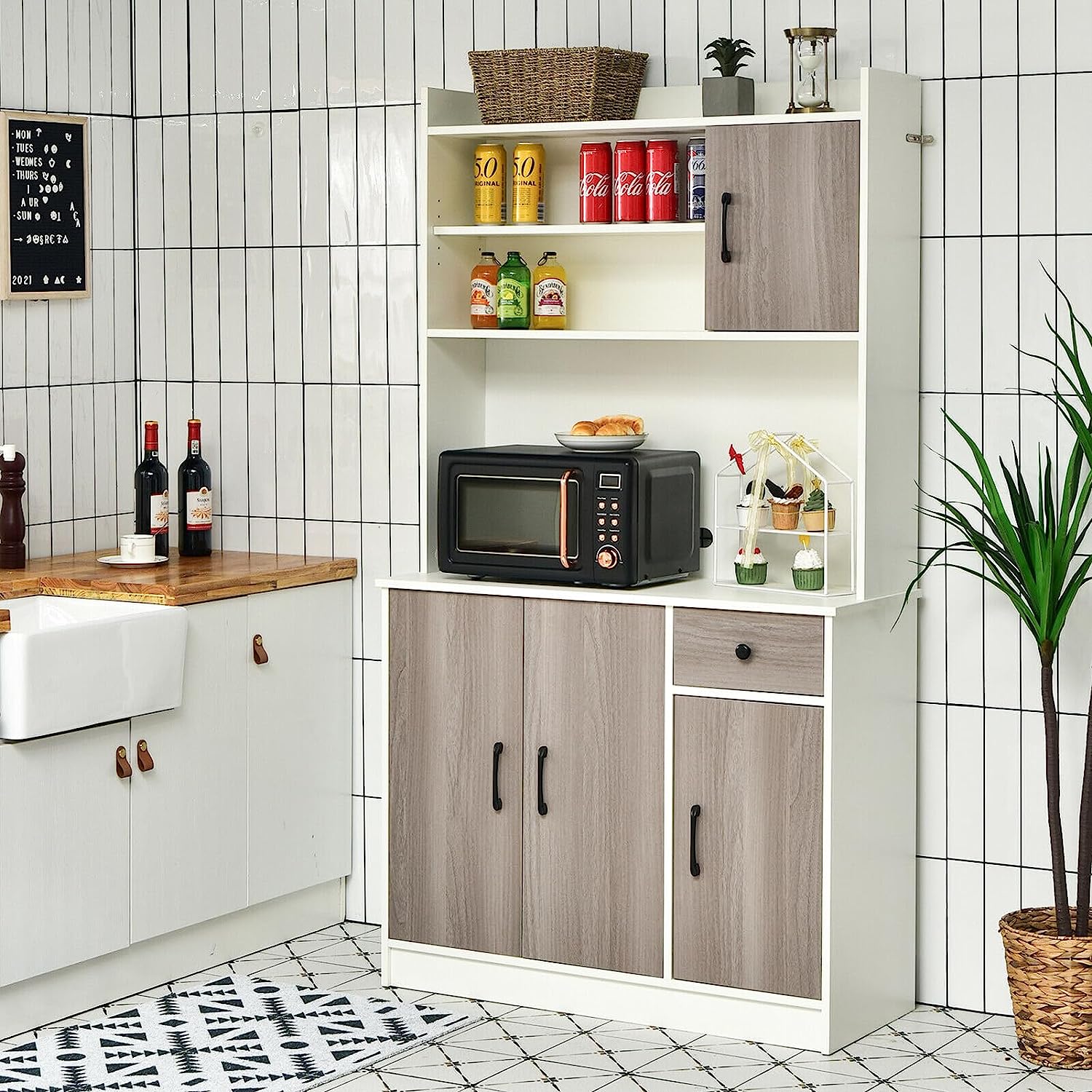

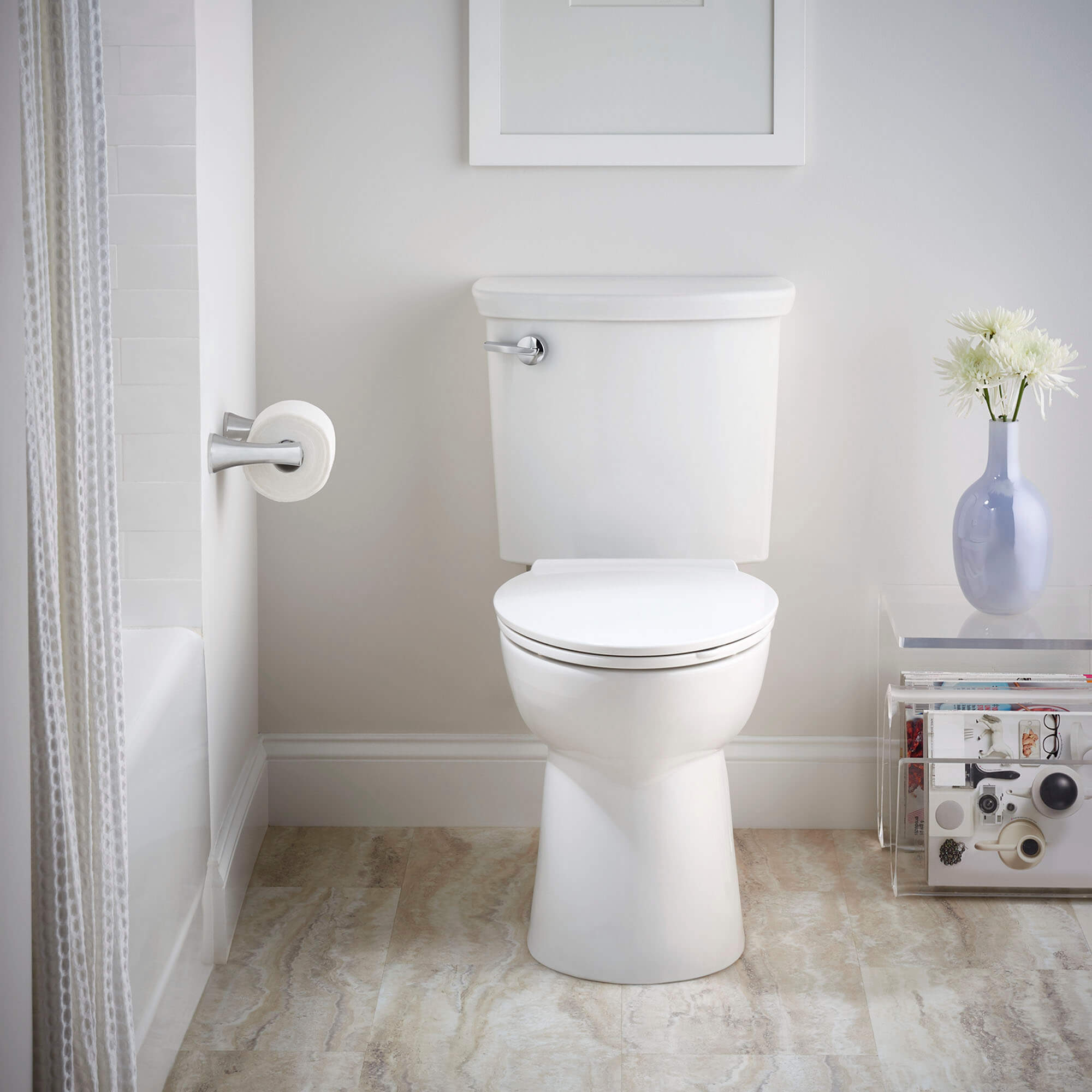
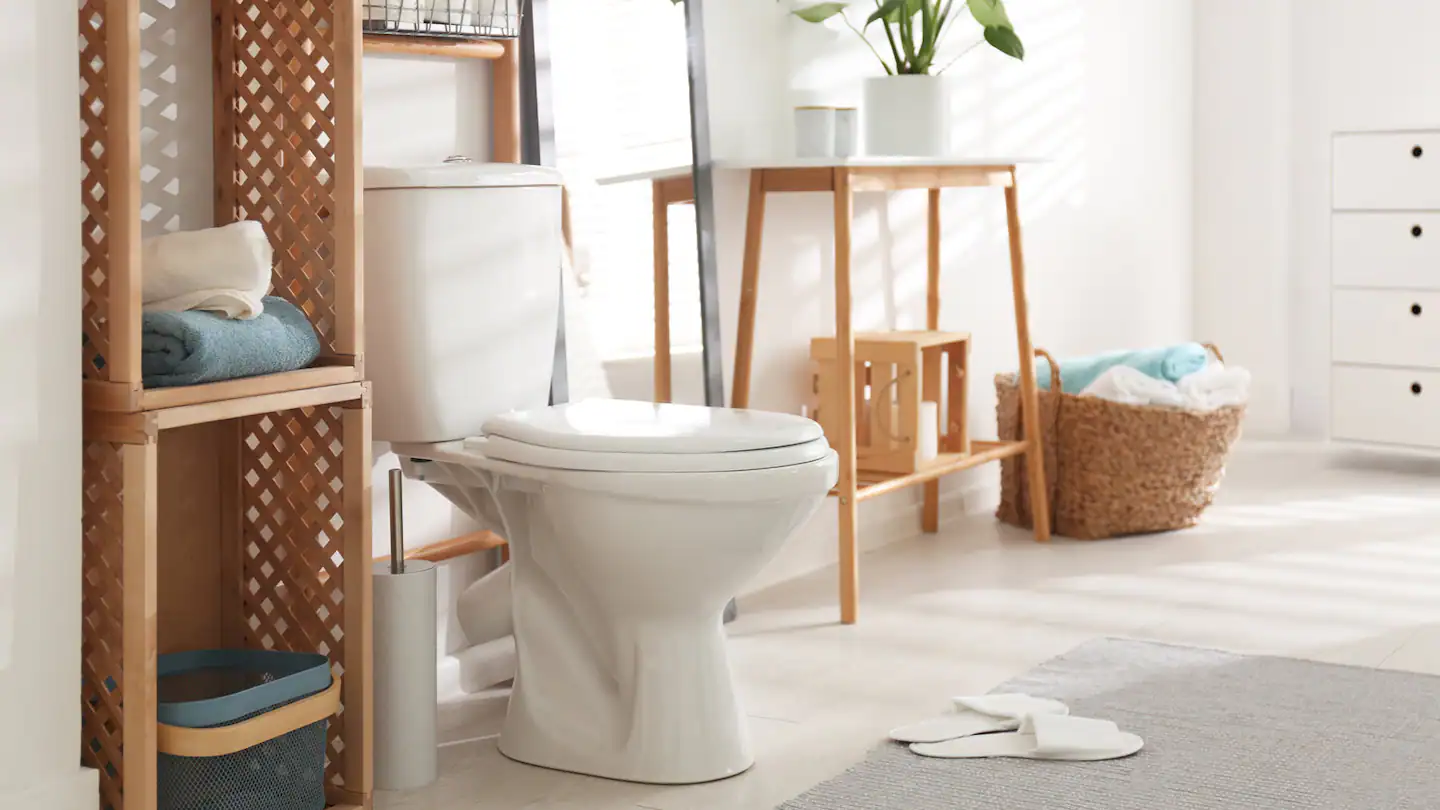
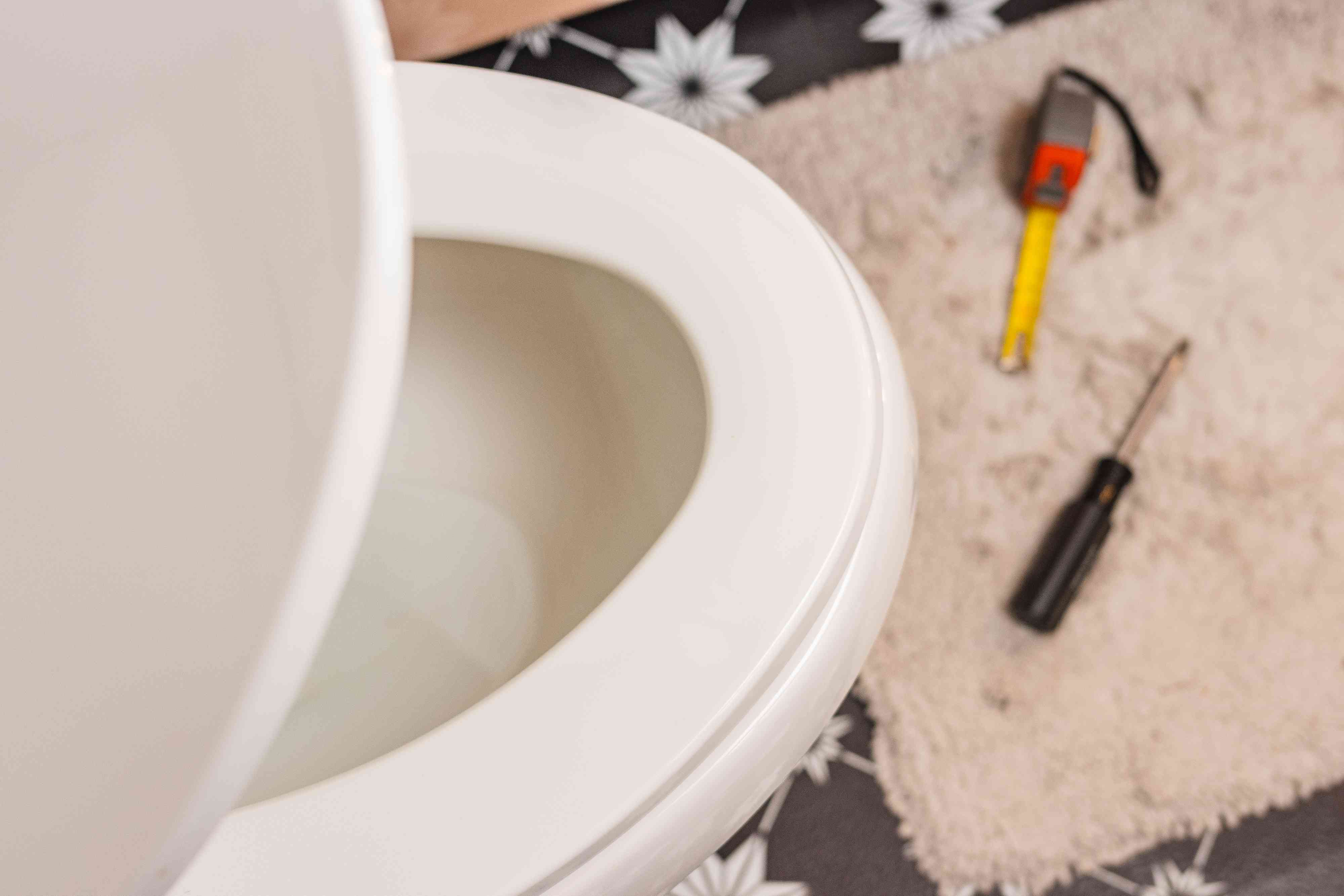
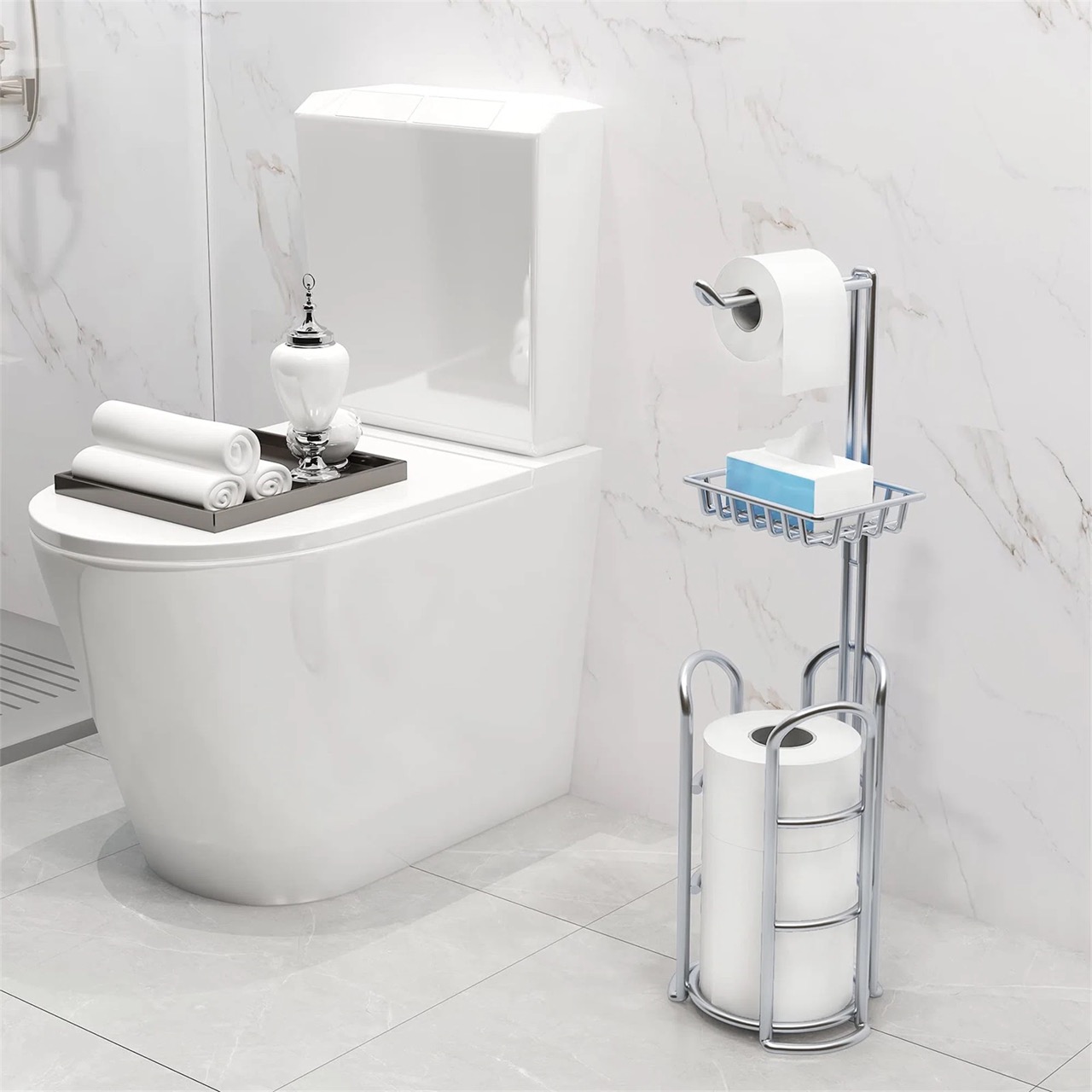
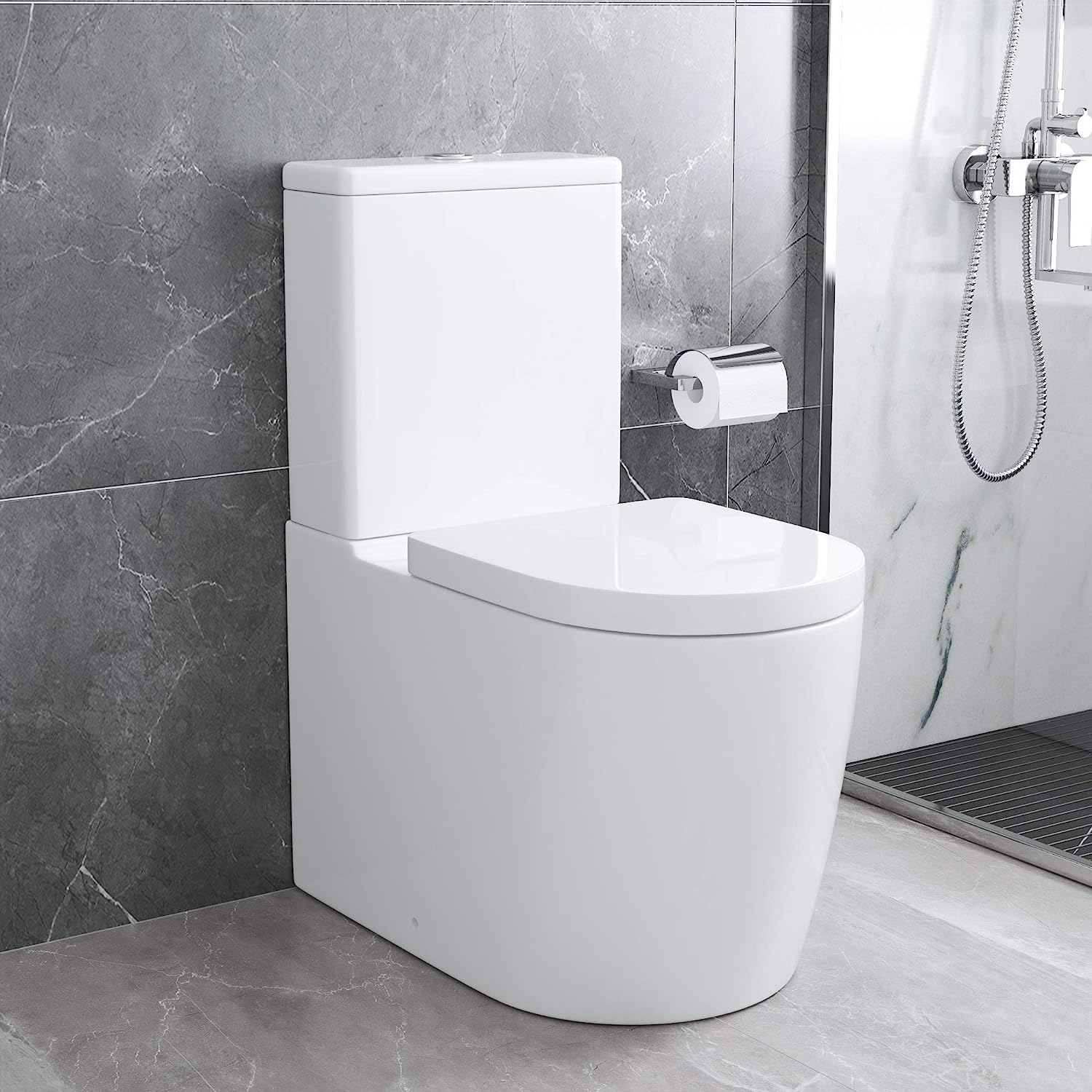
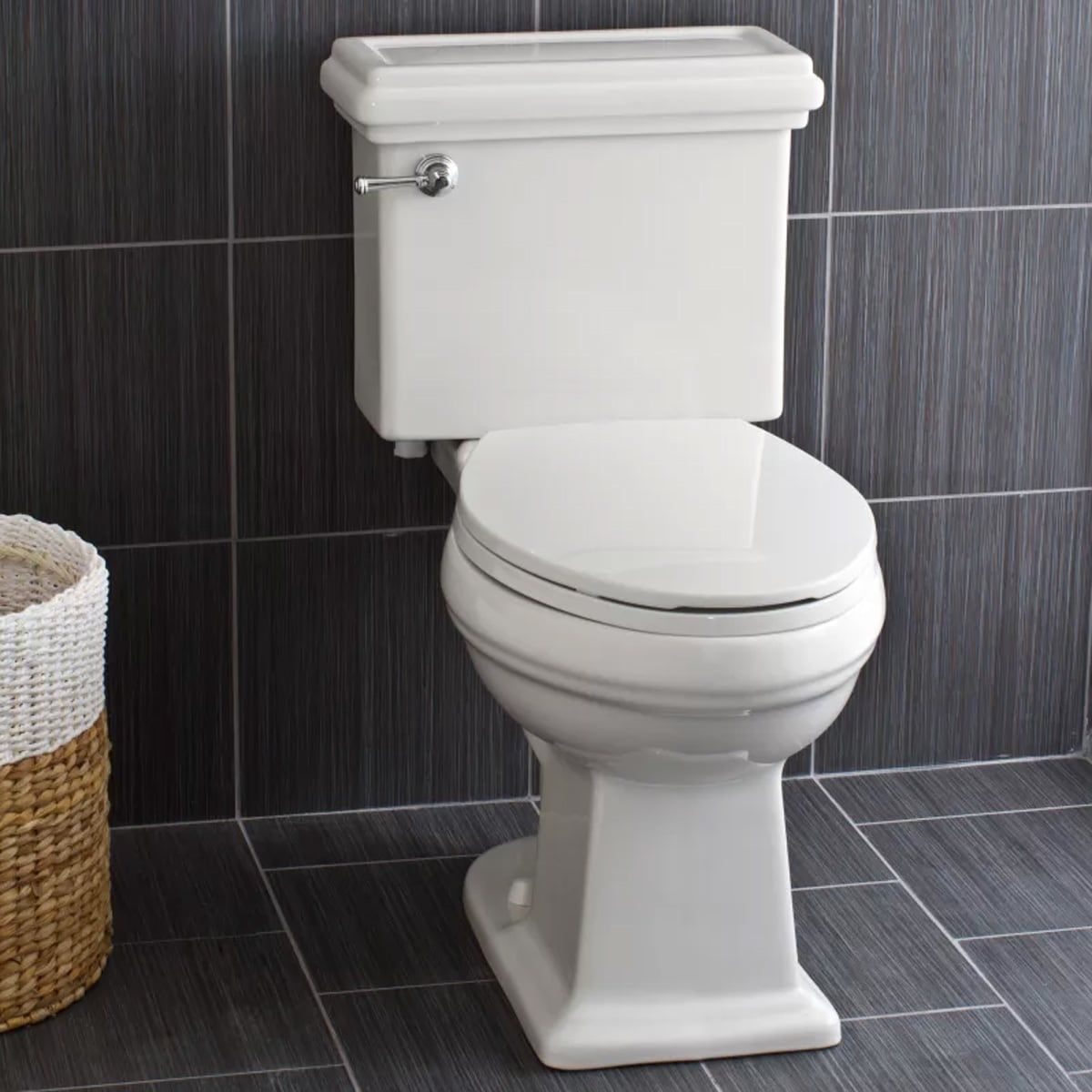

0 thoughts on “What Is The Standard Height Of A Toilet”